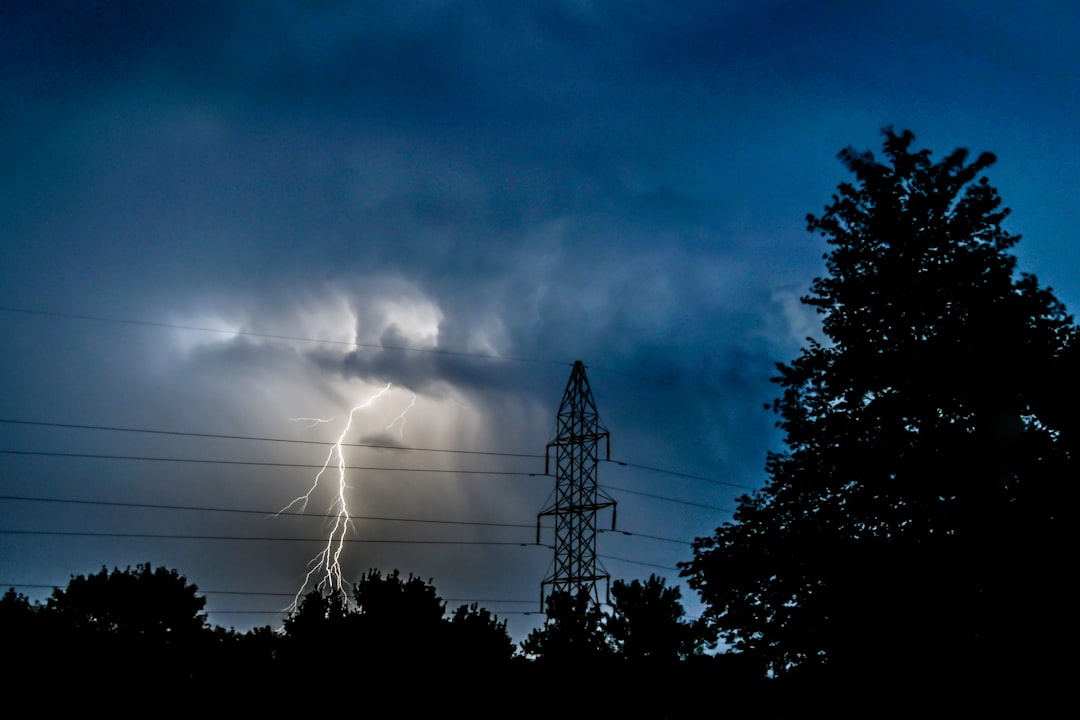What is it about?
A user-centric wireless cellular network has recently emerged as a pragmatic network model for better reflecting the traffic demand-based deployment. To the best of author’s knowledge, however, the coverage probability with composite κ-μ shadowed and lognormal shadowed fading (termed the DS fading)in downlink user-centric wireless cellular networks is unknown. Most importantly, another significant performance metric, i.e. the average rate, until now has not been investigated. To study the influence of DS fading on performance metrics and avoid unnecessary handovers caused by the random fluctuation of the lognormal shadowing at the cell-association phase, this work considers the downlink user-centric wireless cellular network with the DS fading and the closest cell-association rule. Further, the closed-form expressions for the coverage probability and average rate in downlink user-centric wireless cellular networks are successfully derived. Numerical results demonstrate that the user-centric wireless cellular network not only provides a high coverage probability but also promotes the average rate compared to the Poisson point process-based network with independent uniformly distributed users.
Featured Image

Photo by Kyle Glenn on Unsplash
Why is it important?
Compared to the prior work for user-centric wireless cellular networks with DS fading, this paper provides a prominent extension including i) the fading channel for the desired link is a real composite fading and shadowing channel due to the application of the closest cell-association rule, ii) another significant performance metric, i.e. the average rate under the closest and general cell-association rules are respectively investigated, and iii) the differences of the performance metrics such as the coverage probability and average rate obtained by the two types of the cell-association rules are concluded and validated through simulations.
Perspectives
1) According to the closest BS-association policy, the closed-form expression for the coverage probability of downlink user-centric wireless cellular networks is successfully derived, assuming that the desired signal experiences DS fading and the interfering signals undergo an arbitrary fading. The obtained expression eliminates complex integral and provides generic result due to the general assumption of the fading models. 2) To reduce the complex calculations as for the average rate, an approximate expression for the average rate of cellular networks is obtained by applying the Gaussian-Chebyshev quadrature (GCQ) [23] rule. By using the resulting expression as well as the derived coverage probability, expressions for the average rate of downlink user-centric wireless cellular networks under the closest BS-association rule and the general BS-association rule are respectively derived. 3) Compared to the resultant expressions, it shows that the impact of large-scale shadowing of the DS fading on the coverage probability and average rate are bearing on the SIR threshold for the closest cell-association policy. On the other hand, such the influence occurs on the BS density for the general cell-association policy. This result extends the effect of large-scale shadowing on coverage of the PPP-based networks [6] to the user-centric wireless cellular networks. 4) Numerical results demonstrate that the user-centric wireless cellular network not only provides a high coverage probability but also promotes the average rate compared to the PPP-based network with independent and uniformly distributed users. What is more, the DS fading with rich multipath clusters and mild fluctuations except the large-scale shadowing are beneficial to the coverage probability and average rate no matter what the BS-association scheme is applied.
Jingrui Chen
Beijing University of Posts and Telecommunications
Read the Original
This page is a summary of: Coverage probability and average rate of downlink user-centric wireless cellular networks with composite κ-μ shadowed and lognormal shadowed fading, IET Communications, July 2019, the Institution of Engineering and Technology (the IET),
DOI: 10.1049/iet-com.2019.0220.
You can read the full text:
Resources
Contributors
The following have contributed to this page










